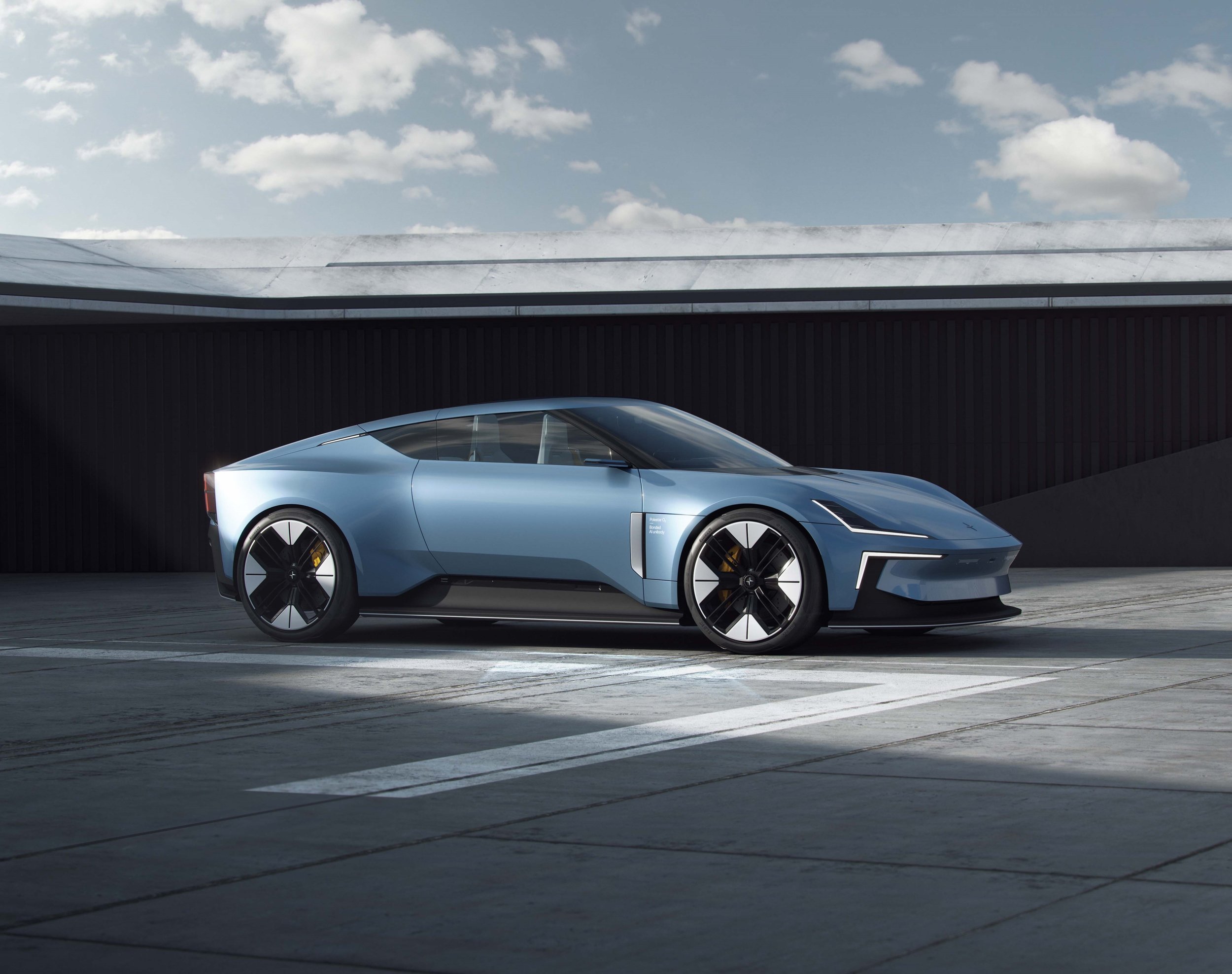Where Munich Moves Markus Binder
Taking a stroll across the Bavarian capital with an architect
Markus Binder (all photos © Malte Dibbern for DFT)
«I could do a tour of Munich, just from bar to bar, restaurant to restaurant.» No truer words were ever spoken. For Markus Binder takes much less of an architectural view of the town he calls home, than a carnal one. Despite being an architect, Markus’ take on Munich isn’t defined by either Renaissance style or neoclassicism, but places where people meet, eat, drink. His Munich is a most convivial place.
Against this backdrop, it would seem appropriate that he doesn’t enjoy spending an evening’s time on the Nationaltheater’s steps in order to gaze at its opulent neoclassicism. To Markus, the building merely acts as stage to a regular spectacle, which he enjoys with considerable relish: «The forecourt is often used as playground by guys from the hinterland, who want to show off their tarted-up BMW 3 series. To see them clash with the Schickeria crowd leaving the opera at night, all elegantly dressed up, is terribly amusing! It doesn’t get much more Munich than that.»
A few steps away, at the Hofgarten, Markus prefers to mingle, rather than observe: «During lockdown, people would get themselves something to drink at Schumann’s Tagesbar [which is just around the corner] and just enjoy themselves here.» Which seems perfectly understandably, given the simple, tidy beauty of Hofgarten and its lush greenery and flower beds. Of course, Schumann’s Tagesbar, Munich’s truly legendary watering hole, has since been reopened. Markus recommends not just the drinks there, but also the food - which happens to be unexpectedly reasonably priced.
Just another few steps away, Markus is all of a sudden drawn towards a piece of architecture, after all - albeit a decidedly inconspicuous specimen: a small brass window frame, placed within a large window, overlooking Residenzstraße. It belongs to Café Belstaff, which is run by the eponymous fashion brand. While unexceptional from a gastronomical viewpoint, it features a 1950’s mural that exudes some more of that Wirtschaftswunder flair the small window-within-a-window hints at.
An architectural field where Munich has traditionally underperformed is public transport facilities, Markus argues. «The roof construction at Münchner Freiheit’s bus station is hilariously awful - it’s so bad that I almost like it! The roof is even painted green on top, which led to residents complaining about the glare.» An exception to his own rule would be Marienplatz station, however, whose original Alexander von Branca design was painstakingly renovated and updated some years ago. Indeed, the basic graphics and dazzling colour schemes make for an almost otherworldly excursion during an otherwise mundane commute. «They did an excellent job there.»
To underline how quickly Munich, metaphorically Germany’s largest village, can turn into an actual village, Markus suggests a visit to Fräulein Müller Kiosk in Schwabing. This idyll truly feels as far removed from a large European city as Munich does from Milton Keynes. There even is a Maypole, as if to prevent the most unperceptive of visitors from not noticing the rustic charms of this corner of Schwabing. It’s also a pleasant place to have a drink, as Markus wouldn’t tire of pointing out. Once said drink has been drunk, another small piece of fine architecture nearby would be deserving of one’s attention: A recently finished red brick building, which isn’t a rarity solely due to its exotic-for-southern-Germany building materials, but because it also diligently incorporates an old, tiny, traditional house of the type that is usually torn down to give way to some ‘more space efficient’ edifice. In Markus’ opinion, the architects in charge of this project delivered an unusually fine piece of work.
In addition to food and drink, red bricks would seem to constitute another pilar of Markus Binders’ Munich. Hence his love of St Ursula church, whose atypical appearance entices locals to sit on the front stairs, to share a drink or enjoy an ice cream in summertime. «When the weather isn’t dreadful, this place is packed with people enjoying themselves.»
For all that love of Northern European red bricks, Markus was actually born in Bavaria and has lived here most of his life (he works in Zurich these days). He therefore ought to know where to go if some of those cherished convivial moments are to be accompanied by thoroughly enjoyable Bavarian food. His suggestions are Weinbar Griabig (Bavarian dialect for ‘cosy’) for an unusual selection of wines, accompanied by a modernised take on Bavarian snacks and Xaver’s for a satisfying version of traditional Wirtshaus fare - the latter being worth a visit for the exceptional Kaiserschmarrn alone.
Markus Binder’s Munich truly is a place to meet, eat, drink and enjoy oneself. It’s really just a very large village, after all.





















Car interior designer who created some of the most significant cabins of all time, most notably the Porsche 928’s